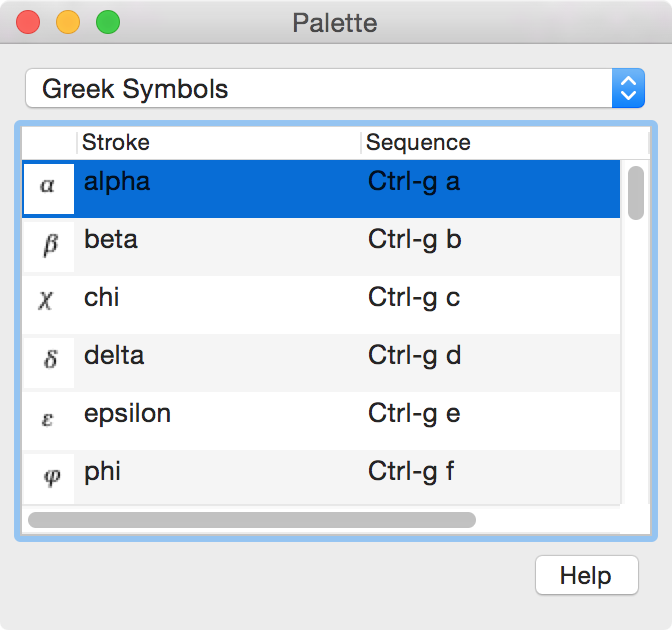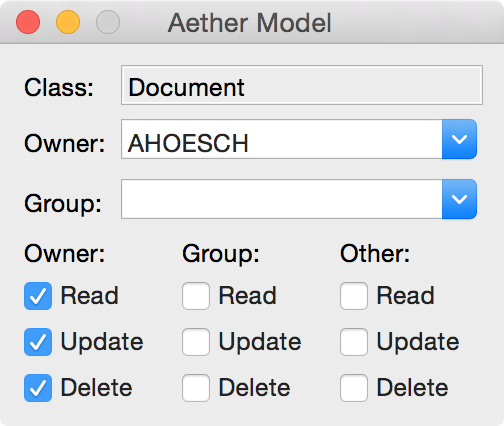Frequently asked questions
- How does Cassiopeia compare to other LaTeX based document processors?
LaTeX and MathML presentation markup are description languages with focus on presentation. MathML content markup on the other hand focusses on the mathematical meaning of an equation. Once the mathematical meaning is known an equation can not only be rendered for presentation in a default fashion but also passed to a symbolic algebra system for automatic simplification or to a graph engine for plotting purposes. That's why MathML content markup was chosen for the internal representation of equations in Cassiopeia and a symbolic algebra system and a plotting engine were integrated directly into the text system. Cassiopeia can - due to its key stroke based equation editor and its LaTeX based printing engine - be used as a very efficient word processor for scientific papers. But it offers much more than that. The integration of a symbolic algebra system, a plotting engine, a simulation module and the RDBMS based document management feature make it a very effective workplace for entire groups of scientists of all faculties and engineers allowing co-editing in a central database. For more info see Comparison of scientific word processors.
- I am a non-technical writer! Is Cassiopeia the right choice for me or should I stick to a standard office suite?
We recommend to check out Cassiopeia, even if you have no need for equations and a symbolic algebra system. The document management feature (efficient retrieval of documents), the interlink feature (jump around in your document tree) and the ability to handle also huge documents with ease (see below) make Cassiopeia the first choice for many users even for non-technical purposes. The TOC-drawer and clone-view additionally boost your workflow and the LaTeX-Export filter allows you to publish your documents in book-printing quality (professionally typeset) with a single click.
- Why does Cassiopeia use a relational database management system for storing documents? Doesn't this bind lots of machine resources? Wouldn't it be much easier to save into files like other products do?
A database allows to retrieve documents very efficiently based on date, owner, assigned categories and even full text search no matter how many documents are stored. Everything can be interlinked (references to other documents, sections, equations,...) without ever worrying about breaking references by moving files around on the disk. When it comes to printing you can make Cassiopeia resolve links and add referenced sections to the appendix automatically. Consider a document with many subsections. When you modify text anywhere in the document only the actually modified subsection needs to be saved, not the entire document or book which saves a lot of time (less text to be converted) and thus allows ultra fast saving of even huge documents. Moreover, relational database management systems come with and thus automatically integrate a multi user access mechanism that ensures data integrity when working with multiple users in the same document repository. As of v2.6.0 Cassiopeia supports SQLite and FrontBase, both being very light-weight yet powerful relational database management systems. SQLite is even an integral component of MacOSX so no extra software from a third party needs to be installed and maintained. All your documents, images, bilbliography entries will be stored in a single file /Users/<yourname>/Library/SQlite/Databases/Cassiopiea or /Libary/FrontBase/Databases/Cassiopeia.fb which makes it very easy to create and restore backups of your work.
- Do I need to learn LaTeX in order to create scientific papers with Cassiopeia?
No! Cassiopeia automatically generates and compiles LaTeX code when it comes to printing and thus produces results in book printing quality. But it does not require the user to know LaTeX or any other typesetting language. Instead easy to remember key strokes can be used to efficiently create document content. E.g. a section title is created with Command-Shift-S, selected text can be emphasized with Command-Shift-E, a greek alpha can be inserted into an equation with Ctrl-g a, a fraction part is inserted into an equation with Ctrl-f and so on. Not so frequently used parts and symbols can easily be looked up on a palette and inserted via a doubleclick.
- I have learned LaTeX already. Can I make use of this knowledge in Cassiopeia?
Yes! Cassiopeia has a LaTeX region feature that allows to insert pure LaTeX code into Cassiopeia documents.
- How can I prevent other users (or members of my workgroup) from accessing my documents in a multi user setup?
Other users have no access to a newly created document by default. They cannot even see your documents in Document Manager unless access privileges have explicitly been granted. Use Ctrl-Shift-Doubleclick on a document to open the privileges inspector and assign access privilges as desired.
- Can Cassiopeia documents be published in HTML form on a web server?
Yes, Cassiopeia has a built-in HTML generation engine that allows to convert a Cassiopeia document into a website with a single click. See Example Paper in HTML for an example. See LaTeX and HTML Generation for more information.
See
Equation Editor for more answers to frequently asked questions ...



